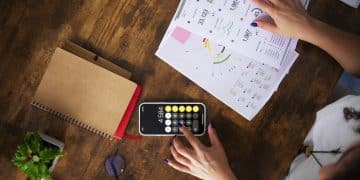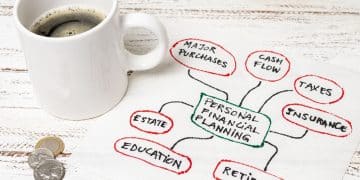6 Best Personal Finance Apps to Manage Your Money
Por: jair alves em julho 7, 2025
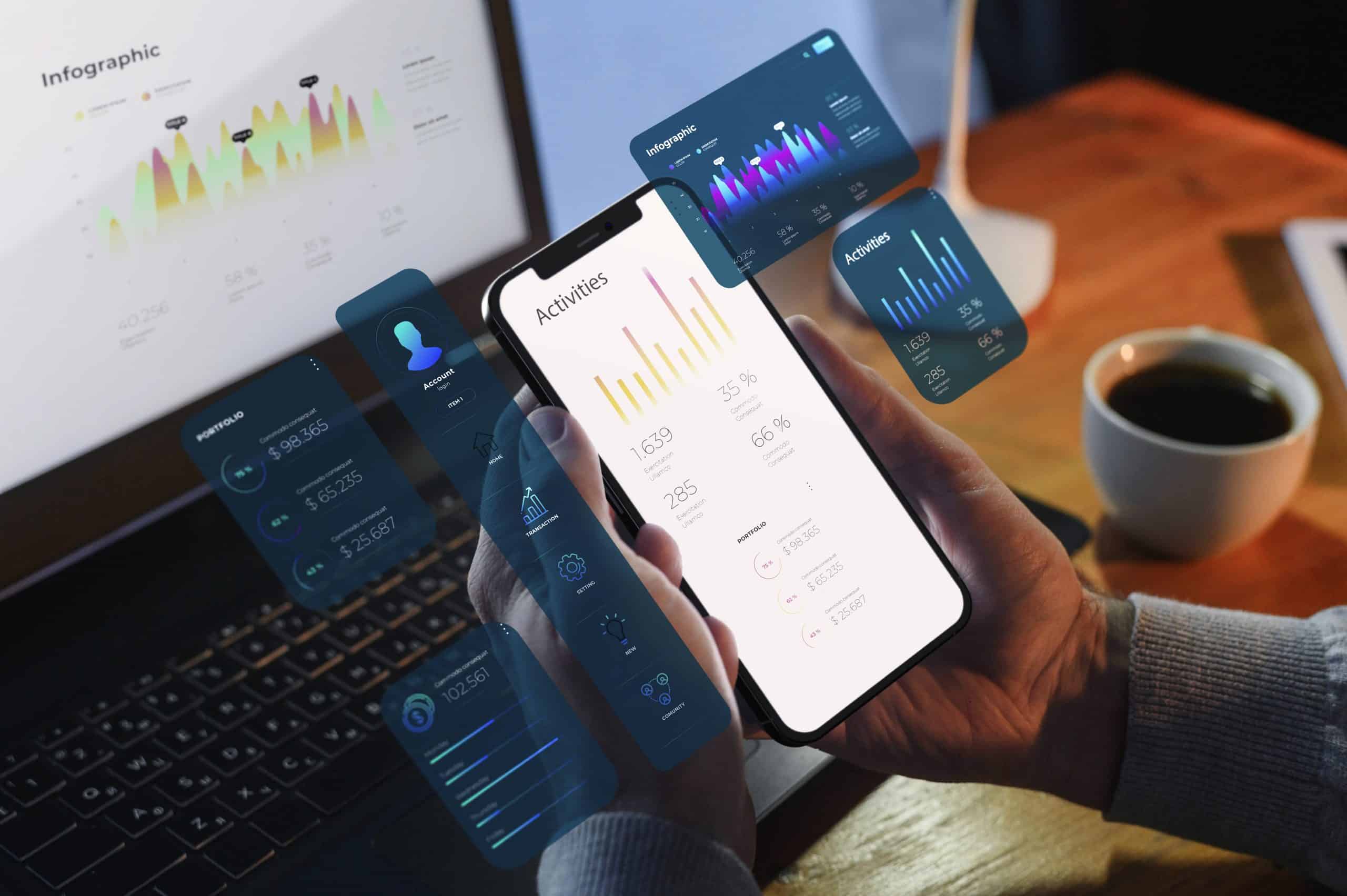
Financial Freedom Starts on Your Phone
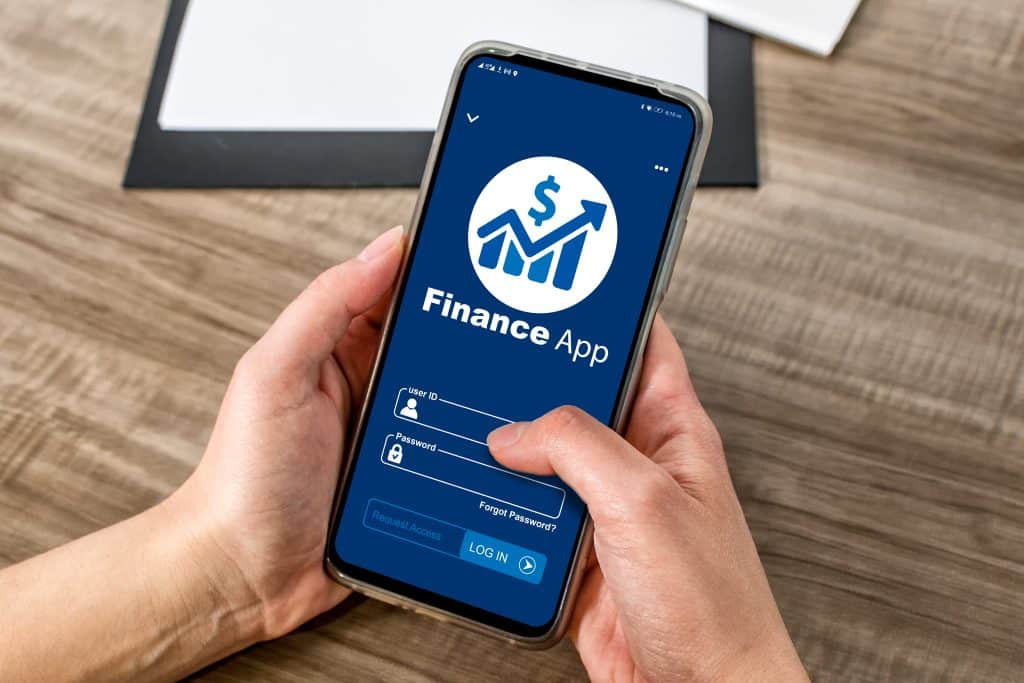
Gone are the days of messy spreadsheets and forgotten receipts. Managing your finances today is easier, faster, and smarter—thanks to a new generation of mobile apps designed to simplify your relationship with money.
Whether you’re living paycheck to paycheck, saving for a trip, or simply trying to understand where your money goes, this guide will introduce you to the best personal finance apps that help you track, save, and plan with zero guesswork.
Let’s explore the tools that will help you take control—without giving up your coffee or your Netflix account.
💼 Why Use a Personal Finance App?
Most people don’t overspend intentionally—they just lose track. That’s where apps make all the difference. With real-time insights, notifications, and visual budgeting tools, they offer:
-
Instant visibility into where your money goes
-
Clear breakdowns by categories (food, rent, shopping)
-
Smart goal setting (save for emergencies, vacations, etc.)
-
Automatic syncing with bank accounts and credit cards
-
Behavioral nudges to help you stay on track
Studies show that just tracking your expenses increases awareness and leads to 15–20% more savings per year.
🔍 How to Choose the Best App for You
Choosing the right finance app depends on your lifestyle, tech comfort level, and financial goals.
| User Type | Needs | Ideal App |
|---|---|---|
| Beginners | Simplicity & clarity | Organizze |
| Busy professionals | Automation & tracking | Guiabolso, Mobills |
| Freelancers | Income + expense logging | Mobills, Grana |
| Tech-savvy planners | Charts & insights | Mobills, Nubank |
| Financial learners | Education & gamification | Grana |
📱 Top 6 Best Personal Finance Apps in 2025
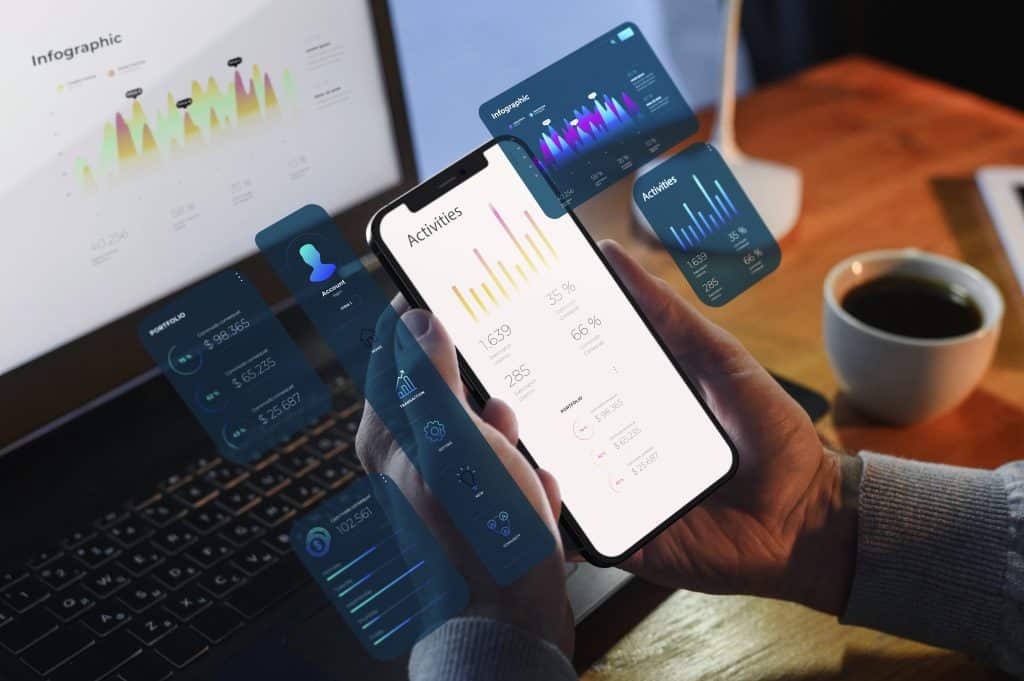
🔶 1. Mobills
Type: All-in-one personal finance management app
Best for: Users who want visual tools and detailed control
Mobills offers a powerful yet user-friendly platform for tracking every dollar (or real) you spend. With automatic expense categorization, bank integrations, and goal tracking, it helps you create a realistic plan—and stick to it.
⭐ Key Features:
-
Auto-categorized transactions: Food, transport, leisure, bills
-
Custom budgets: Set monthly limits and track in real time
-
Beautiful charts & progress bars: Understand your habits fast
-
Credit card tracking: Monitor faturas and prevent debt snowballs
-
Sync with banks: Connect accounts and avoid manual logging
-
Cloud backup & multi-device access
🔷 2. Organizze
Type: Simple and efficient budgeting app
Best for: Users who prefer manual control and clean design
Organizze is perfect for people who want control without complications. You input your income and expenses manually (or import them), categorize, and track everything on a neat dashboard. It’s one of the easiest ways to start budgeting.
⭐ Key Features:
-
Monthly expense tracking
-
Category-based budgets
-
Visual dashboard
-
Offline functionality
-
Secure cloud storage
🟢 3. Guiabolso
Type: AI-driven personal finance assistant
Best for: Users who want automation and smart advice
Guiabolso does more than track expenses—it analyzes your spending behavior and suggests ways to optimize your budget. It connects directly with your bank, so your transactions appear automatically.
⭐ Key Features:
-
Bank sync & automation
-
Spending behavior analysis
-
Personalized financial advice
-
Built-in credit score checker
-
Loan comparison engine
🟣 4. Grana
Type: Gamified finance app with educational tools
Best for: Younger users and those new to budgeting
Grana makes finance fun. It uses gamification (badges, rewards, challenges) to encourage better spending habits. It’s great for students or young professionals who want to learn as they go.
⭐ Key Features:
-
Gamified challenges (e.g., spend less on delivery)
-
Debt monitoring
-
Visual planning tools
-
Savings tracker
-
Learning modules and tips
🟠 5. Olivia
Type: AI-based personal money assistant
Best for: People who want to save without micromanaging
Olivia uses AI to analyze your past transactions and create a personalized savings plan. She “learns” your financial habits and finds opportunities to cut costs—without suggesting radical sacrifices.
⭐ Key Features:
-
Behavior-based savings suggestions
-
Spending pattern recognition
-
Automatic recommendations
-
Gentle nudges (not judgmental alerts) –It’s like having a non-judgmental financial coach in your pocket.
🟣 6. Nubank & Banco Inter
Type: Digital banks with built-in budgeting tools
Best for: People who want banking + finance tracking in one app
Both Nubank and Inter offer much more than banking services. Their apps feature automated budgeting tools, spending summaries, and smart savings functions, eliminating the need for third-party apps.
⭐ Key Features (Nubank):
-
Category-wise expense summary
-
Real-time purchase notifications
-
Savings pockets with goals
-
Instant transfers & tracking
⭐ Key Features (Banco Inter):
-
Full financial dashboard
-
Investment platform integration
-
Cashback programs
-
PDF statements and export tools
💡 Advanced Tips to Maximize These Apps
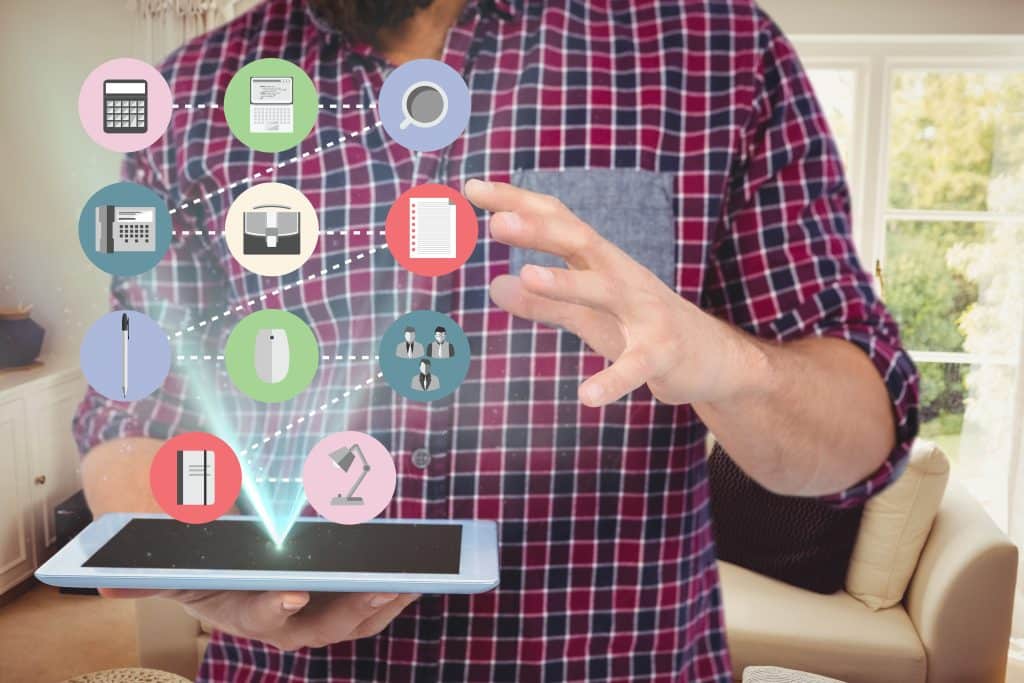
Once you’ve chosen your app, here are smart ways to get the most out of it:
1. Automate Your Savings
Use features like “daily transfers” or “round-up savings” to build wealth painlessly.
2. Review Weekly
Spend 10 minutes every Sunday reviewing your week’s spending. The awareness alone prevents impulsive purchases.
3. Set Real Goals
Start small: “Save $150 this month” or “Spend less than $300 on food.” Most apps let you track progress with visual bars.
4. Turn On Alerts
Use app notifications as guardrails—not annoyances. A nudge when you’re nearing your limit can help you adjust before it’s too late.
5. Use Graphs to Spot Leaks
Many apps show where you’ve overspent. Use these visuals to identify wasteful habits (like subscriptions you no longer use).
📊 Apps vs Spreadsheets: Which Is Better?
| Feature | Spreadsheet | Finance App |
|---|---|---|
| Manual input | Always | Often optional |
| Real-time tracking | No | Yes |
| Bank sync | No | Yes |
| Visual reports | Manual setup | Built-in |
| Learning curve | Moderate to high | Beginner-friendly |
| Mobile use | Limited | Optimized |
Verdict: Apps win for convenience, especially if you need daily support and automation.
📈 Real Results: What Users Are Saying
-
“I used to overspend every month. After 30 days with Mobills, I actually saved R$400.”
-
“Organizze helped me understand how much I wasted on snacks. I cut back and saved R$1,200 in 3 months.”
-
“Olivia is like having a gentle voice that reminds me, ‘Maybe wait before buying that thing you don’t need.’”
✅ 7 Healthy Habits Finance Apps Help You Build

Pleased female student takes break from autodidact, uses cellular for chatting online, browses application, sends text message, checks mail via wifi, sits on chair near workplace, blue background
Modern finance apps don’t just track your money—they help you build a new financial mindset. Over time, the small behaviors these tools promote can turn into lifelong habits that lead to better financial stability, less stress, and greater freedom.
Here’s a closer look at each habit:
Track Every Expense Automatically
One of the first and most powerful changes is awareness. Apps like Mobills and Guiabolso sync with your bank and automatically log every purchase you make—no manual typing required.
Why it matters:
Knowing where your money goes is the first step to controlling it. You’ll be surprised how much you spend on things like delivery, coffee, or streaming subscriptions.
Build Emergency Savings Effortlessly
Many apps allow you to create automated savings goals—setting aside small amounts daily, weekly, or based on your spending behavior.
Apps like Olivia or banks like Nubank let you “hide” money in a separate space, which psychologically keeps it off-limits until needed.
Why it matters:
An emergency fund is your financial safety net. Even R$10 per day adds up to R$300 per month—without you feeling the pinch.
Stay Under Budget
Apps help you create and stick to a realistic monthly budget, breaking it into categories like groceries, bills, and entertainment. Visual progress bars alert you when you’re getting close to your limit.
Why it matters:
Budgets give your money purpose. They also help you spend without guilt, knowing everything is accounted for.
Visualize Your Goals
Whether you want to buy a new phone, travel, or pay off debt, seeing your progress with colorful graphs and goal meters can be incredibly motivating.
Apps like Grana and Mobills let you set personalized goals and watch your savings grow toward them.
Why it matters:
Visualizing your goals makes them feel real and achievable. It turns vague dreams into measurable progress.
Reduce Credit Card Dependence
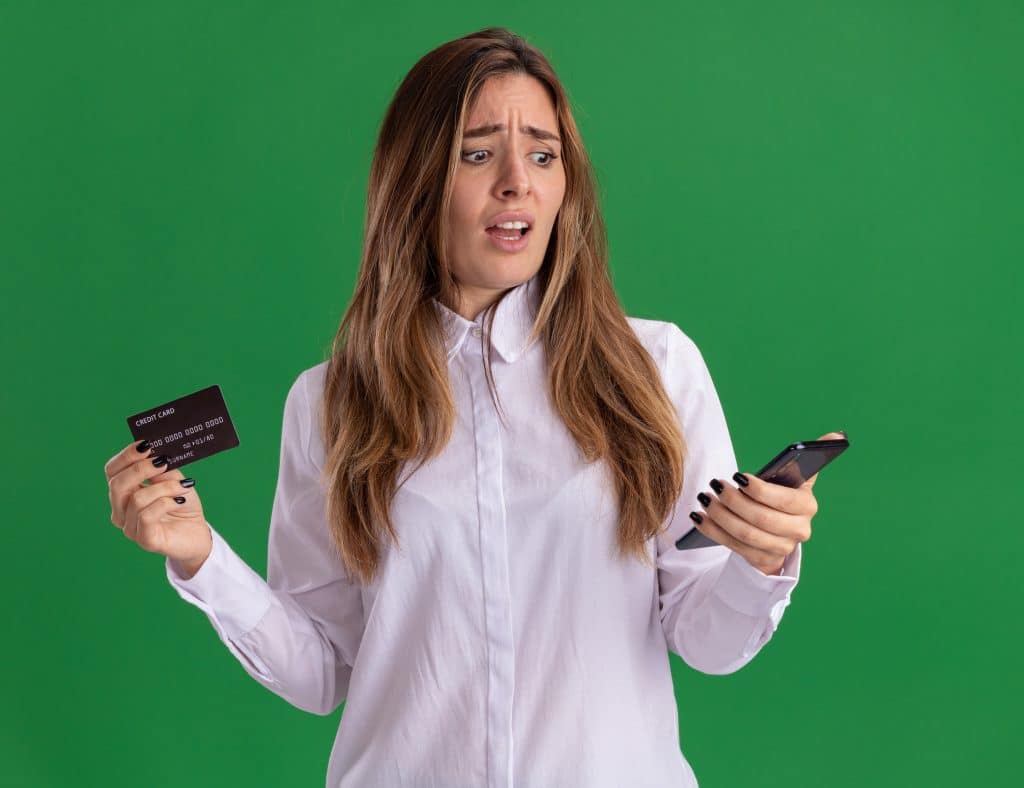
Credit cards can be incredibly convenient — but without careful management, they can also become one of the most dangerous forms of debt. The problem isn’t the credit card itself — it’s how we use it. Many people swipe without thinking, forgetting that credit isn’t “extra money” — it’s borrowed money, often with high interest rates attached.
One of the most empowering steps in practical financial education is learning to reduce your reliance on credit cards. And that begins with awareness and planning.
📲 Use Finance Apps to Track Credit Usage
Modern finance apps like Mobills, Mint, or YNAB make it easy to monitor how much you’re spending on credit and how much you owe. These apps can:
-
Break down your monthly installments
-
Track interest rates and total balances
-
Notify you when bills are due (so you never pay late fees)
-
Provide visual reports to help you understand your behavior with credit
By syncing your accounts, these apps paint a clear picture of your credit usage — sometimes for the first time.
🚫 Why It’s Important to Break the Habit
Using credit cards regularly without a clear repayment strategy leads to revolving debt, which often includes interest rates of 20% or higher. That means even small purchases, if unpaid, can turn into costly burdens.
Reducing credit card dependence helps you:
-
Avoid minimum payment traps
-
Reduce financial stress
-
Free up money for savings or investments
-
Build a healthier, more intentional relationship with money
It’s not about cutting up your cards — it’s about learning to use them strategically, not emotionally.
💡 Mindset Shift: Use Credit as a Tool, Not a Trap
Credit cards can be helpful tools when used with intention. For example, they can:
-
Build your credit score
-
Offer travel points or cashback
-
Serve as emergency back-up (when your emergency fund is depleted)
But this only works if you:
-
Pay your balance in full each month
-
Never spend more than you can afford to pay off
-
Treat your credit card like a debit card — only spend money you already have
🔁 Small Changes That Make a Big Impact
Here’s how to gradually reduce your dependence on credit cards:
-
Switch recurring payments (like subscriptions) to your debit card or bank account
-
Set a cash or debit-only challenge for one week each month
-
Create a spending plan so you know when credit is actually needed
-
Use a low-limit card to avoid the temptation of overspending
Over time, these habits help you shift from reactive to proactive spending.
6. Understand Your Monthly Cash Flow
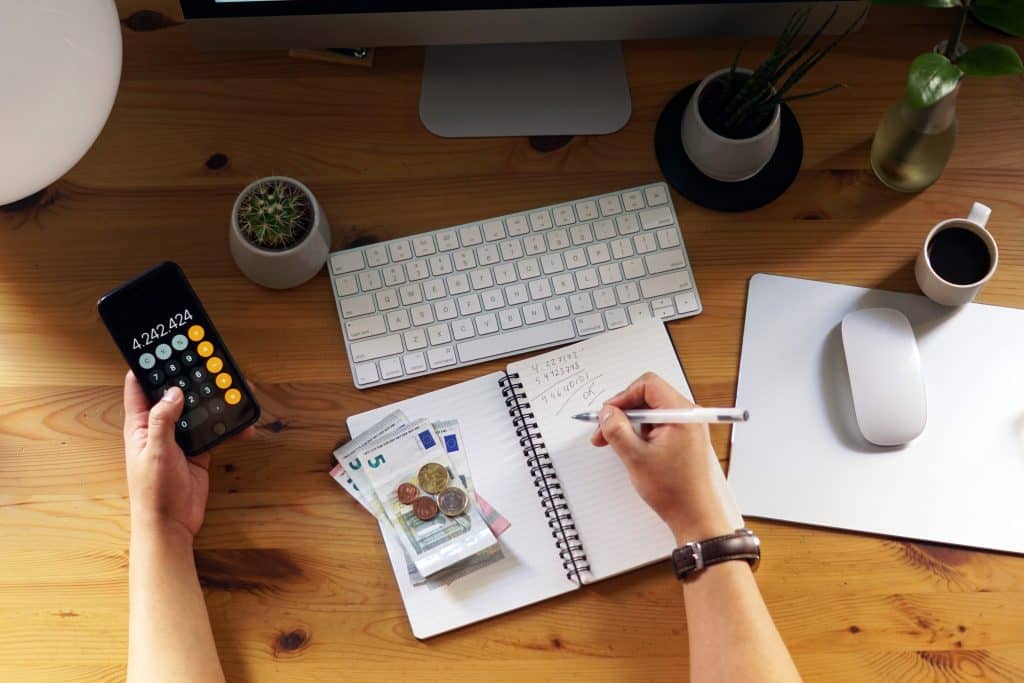
At its core, cash flow is a simple concept: it’s the relationship between the money coming in and the money going out. Think of it as your financial heartbeat. When your income consistently exceeds your expenses, your cash flow is positive — and you’re in a strong position to save, invest, or plan ahead. When the opposite happens, you face negative cash flow — which leads to debt, stress, and instability.
Yet many people have no idea where they stand financially each month. They just keep spending until their account balance hits zero (or worse, goes negative). That’s where finance apps become essential tools.
📲 How Apps Make Cash Flow Crystal Clear
Modern personal finance apps like Mobills, Spendee, or PocketGuard take the guesswork out of managing your cash flow. They automatically sync with your bank account and provide real-time insights into:
-
How much money is coming in (salary, side gigs, recurring income)
-
What your fixed and variable expenses are
-
Your current account balance
-
Upcoming bills and due dates
-
How much “free” or disposable income you truly have to spend or save
This turns what used to be a complex calculation into a simple visual snapshot.
🔍 Why Understanding Cash Flow Matters
Knowing your cash flow isn’t just about tracking — it’s about making smarter decisions with confidence. Here’s why it matters:
-
🛑 Avoid overdrafts and bank fees by knowing when you can (and can’t) spend.
-
📆 Prepare for upcoming expenses instead of being surprised by bills.
-
💸 Prevent paycheck-to-paycheck cycles by staying ahead of your money.
-
😌 Reduce financial anxiety by seeing exactly where you stand.
When you’re in control of your cash flow, you can stop guessing and start planning. It brings clarity, stability, and peace of mind.
💡 Turn Insights Into Action
Once you understand your cash flow, you can make more informed adjustments like:
-
Rescheduling subscriptions or bill due dates to align with your income
-
Cutting back on expenses in low-income months
-
Setting aside surplus funds for savings, investments, or emergency reserves
-
Creating more accurate monthly budgets based on real financial behavior
Over time, you’ll spot patterns and improve your financial forecasting skills.
7. Celebrate Wins (Even Small Finance Ones)
Apps often celebrate your progress—whether you saved R$50 this week, stayed within budget, or paid off a credit card.
Some apps, like Grana, even reward you with virtual achievements or progress streaks.
Why it matters:
Celebrating small wins builds momentum. It transforms money management from a chore into a motivating habit.
🏁 Final Thoughts: Your Path to Financial Peace Starts with One App
Taking control of your money doesn’t require a finance degree or a big sacrifice. With the right app, you can understand your spending, build smart habits, and save money—without feeling restricted.
📌 Pick just one app today. Use it for 30 days. The results may surprise yourself
